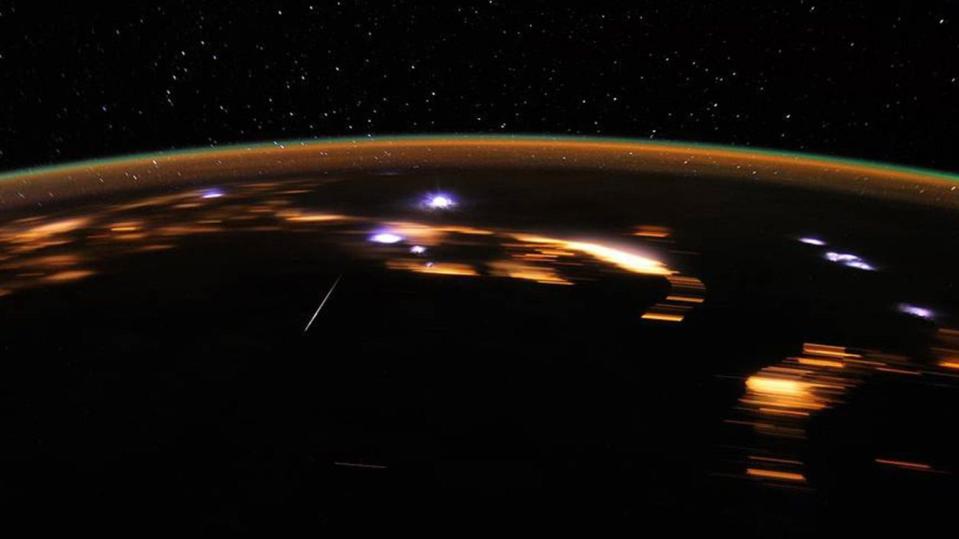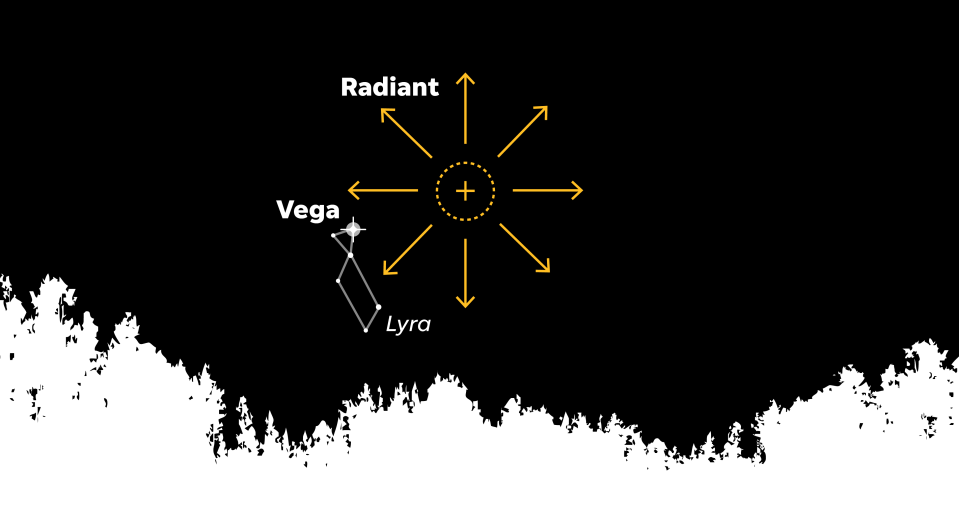Look for shooting stars this weekend: Lyrid meteor shower will light up sky. What to know.
There are all sorts of neat things going on in the sky, and there are different ways of seeing them.
This week, there is a five-planet alignment happening but the other event occurring is what's called a Lyrid meteor shower.
You may want to consider getting a telescope or a good pair of binoculars to see what's going on up there, but sometimes, these phenomena can be seen with the naked eye.
As for the Lyrid meteor shower coming up, experts are chiming in on how to see it.
What is a Lyrid meteor shower?
The Lyrid meteor shower is one of the oldest known meteor showers, according to NASA.
The Lyrids have been observed for about 2,700 years. The first recorded sighting of a Lyrid meteor shower was in 687 BC by the Chinese. The Lyrid meteors come from Comet Thatcher, a comet that orbits the sun every 415.5 years.
When is the Lyrid meteor shower happening this week?

The shower's peak will be late evening April 21 until dawn on April 22, according to Tim Brothers the Massachusetts Institute of Technology technical Instructor and observatory manager.
Regarding this particular shower, Brothers said on Friday that "the Lyrid meteor shower will peak on the 21-22. The best chance to see them is after midnight, but don't expect a big show this year with moon nearly full."
He explained that moonlight detracts from being able to see astronomical events.
How many Lyrid meteors will we be able to see?
According to NASA, observers will be able to see about 18 meteors per hour.

Will we be able to see anything else in the sky during the Lyrid meteor shower?
The answer is yes, according to Brothers.
"On (April 21) The 'Devil Comet' 12P/Pons-Brooks will reach perihelion, its closest point to the sun," Brothers said. "Skilled observers may be able to find it just after sunset, around 8:30 p.m., about five degrees above the horizon, looking west. You will need binoculars or a small telescope...after that the comet will continue its orbit to the outer solar system and return our way in 2095."
What's the best way to observe the meteor shower?
Brothers said seeing meteor showers is possible with the naked eye, but with any case of stargazing, it's much better if you're using a good telescope or a pair of binoculars.
What are meteors made of?
Meteor showers are "basically debris from the tails of comets," Richard Binzel, an MIT planetary sciences professor, said in a past interview with Wicked Local.
This article originally appeared on wickedlocal.com: Lyrid meteor shower 2024 peaks this weekend: How to watch the spectacle

